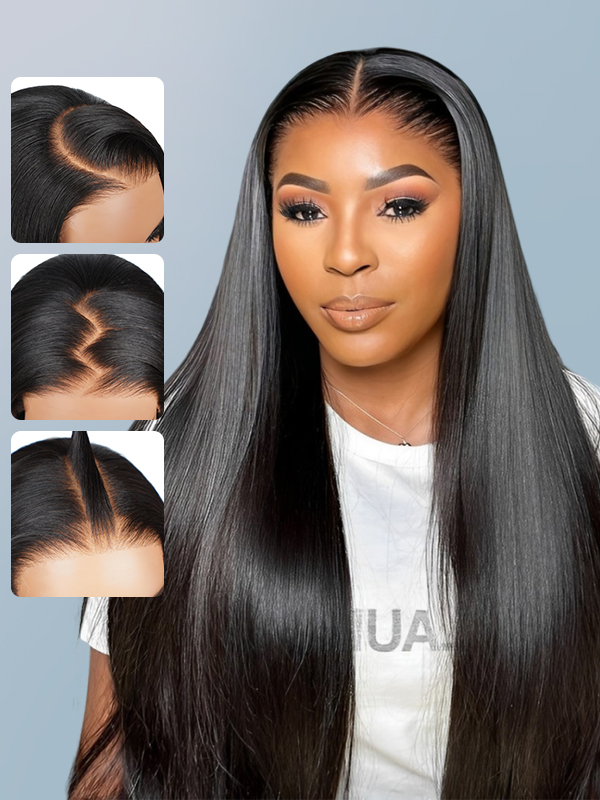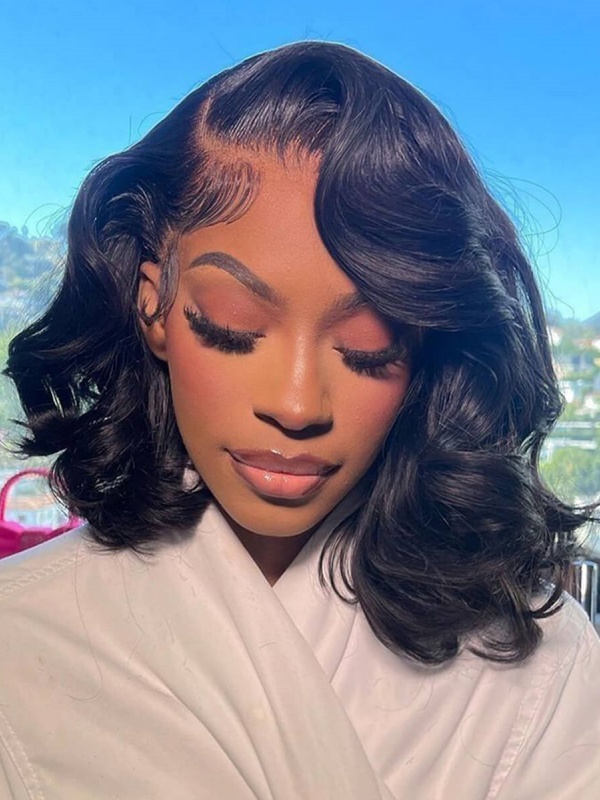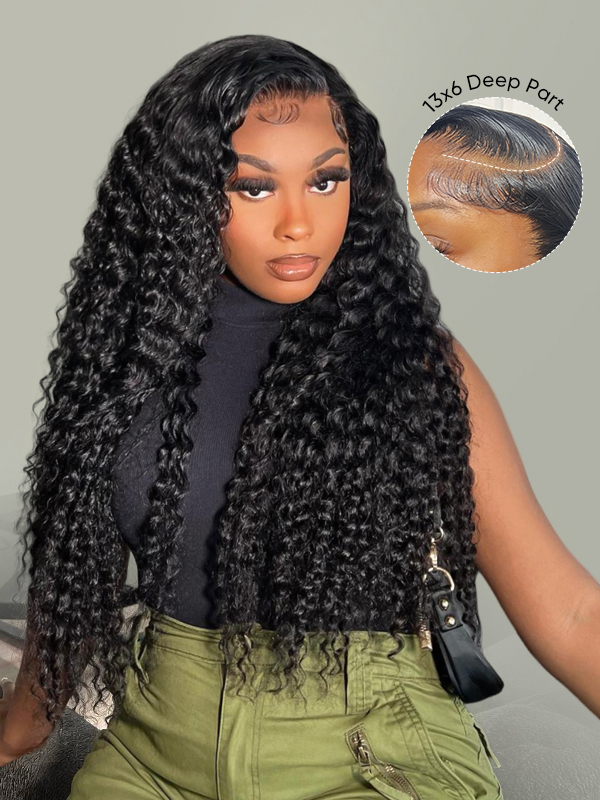How fashionable are wigs? Lady Gaga owns over 300 of them. Whether for medical reasons, professional needs, or personal style, there are wigs for every woman. Wigs are becoming increasingly popular, and the market is thriving. But who would have thought that wigs were once an exclusive accessory?
Wigs Used to Be the Symbols of Social Class Status.
Wigs originated in ancient Egypt around 3400 BC. Because of the scorching climate, many people shaved their heads to prevent sunstroke and lice infestations. However, baldness was considered unsightly, therefore, wigs became a necessity. People soak them in cinnamon oil and beeswax, so, they can be cosmetic and mosquito-repellent at the same time.
Initially, they were made from palm leaf fibers or animal hair. By 1550 BC, wigs became exclusive to pharaohs and nobles. The wigs worn by pharaohs like Tutankhamun were intricately crafted and adorned with precious gemstones. After death, wigs were buried as funerary items to ensure the deceased maintained dignity and glory in the afterlife.
In ancient Egypt, wig styles varied according to people’s social status. Pharaohs or priests wore wigs that reached their chests, dyed blue or gold. Nobles or officials wore shoulder-length wigs, sometimes decorated with colored beads or scented with spices.
On the other hand, the lowest-class commoners or slaves could only wear headscarves or keep their natural hair short. There were very few of them able to afford the cheapest wigs available to the general public.
Wigs for Every Woman Are Not a Dream.
Over thousands of years, with time, wigs are no longer exclusive to certain groups of people. They have become an essential fashion accessory in our daily lives.
1. Wigs as Healing: Restoring Confidence During Medical Hair Loss
For cancer patients, chemotherapy drugs indiscriminately target rapidly dividing cells. Since hair follicle cells also have high proliferative activity, they will be similarly attacked. This can lead to noticeable hair loss in over 65% of patients. Hair loss typically occurs 2-4 weeks after treatment begins and may affect the scalp, eyebrows, eyelashes, and even body hair.
Besides, damaged hair follicles can cause dryness, itching, or increased sensitivity to UV radiation on the scalp. The hair loss also reduces thermal insulation and makes the head prone to excessive heat loss in winter and sunburn in summer.
Because hair is a central feature of one’s appearance, sudden hair loss can trigger intense feelings of loss, as if one "no longer looks like themselves." Some patients find hair loss more distressing than chemotherapy itself. About 60% of patients experience emotional distress due to hair loss, and some of them even refuse to continue treatment.
Wigs serve a purpose far beyond mere "covering up"; they are vital for helping patients rebuild self-identity and maintain social functioning. They allow patients to retain their familiar appearance, reducing the sense of losing control over their identity to the disease.
For those in public-facing positions, such as teachers or service industry workers, wigs can help avoid the stress of repeatedly explaining their condition while preserving a professional image.

2. The Smart Appeal of Wigs for Every Woman: Convenience, Style, and Safety
Why are more and more people choosing to wear wigs? They often give various reasons for their preference. For example, some people do so for work or study requirements. They must maintain a specific formal hairstyle to comply with company or school standards to create a serious professional style. After work, however, they can switch to a different hairstyle with wigs, which can help them find joy in transforming their look.
Some people constantly hesitate over whether to change their hairstyle. They are worried about spending hundreds of dollars and hours at the salon only to end up dissatisfied with the result. This can be frustrating because hair takes a long time to grow back. However, buying a wig in a desired style can eliminate these worries.
What’s more, many worry that perming or dyeing their hair could damage its texture, and chemical dyes may even harm their health. The oxidizing agent in hair dye products is a core raw material, but it severely damages hair keratin and destroys hair quality after use. Dyed or permed hair often becomes dry, brittle, frizzy, and is easily leads to breakage and hair loss.
Most permanent hair dyes contain aniline-based dyes, which can cause allergic reactions on the scalp, neck, ears, and other areas during application, leading to dizziness and nausea. This is due to their irritant and toxic nature, which can cause irreversible harm to the body. However, people still want the freedom to experiment with different looks. In such cases, wearing wigs is a smart and practical choice.

Recommendation
This article traces the origins of wigs back to ancient Egypt, where they were exclusive accessories reserved for the elite. Today, wigs have become a universal fashion choice, empowering everyone to express themselves freely without restrictions. At WIGGINSHAIR, we craft premium wigs for every woman, helping you rediscover confidence, embrace your unique beauty, and radiate joy with every style.







































